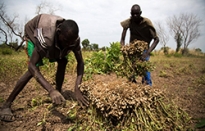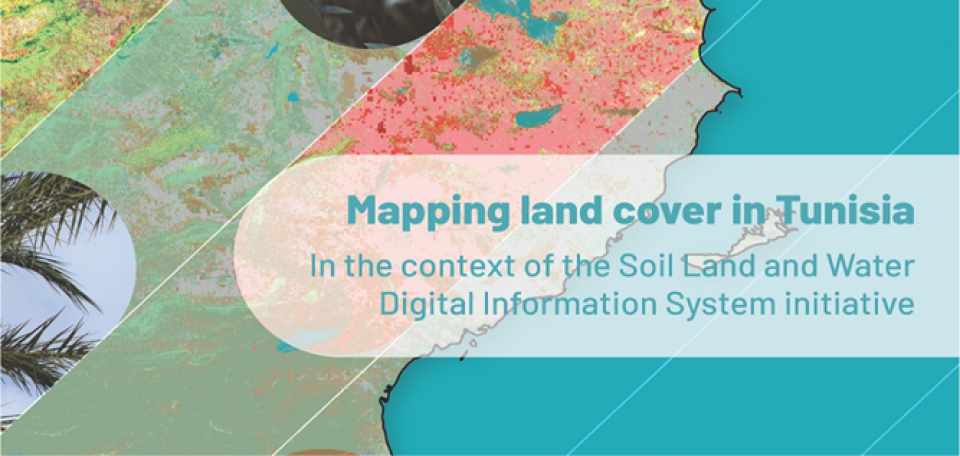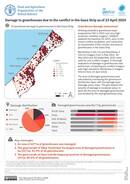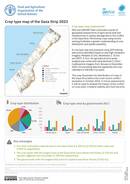FAO's work on Geospatial
Agriculture globally provides direct livelihoods for 2.5 billion people and feeds the entire planet. It must, by 2050, produce 49 percent more food than in 2012 as populations grow and diets change. Yet climate change, biodiversity loss, land degradation, water scarcity, pollution and many other challenges are hampering these efforts to feed the planet.
The undertaking under the 2030 Sustainable Development Agenda is for everyone to address these issues. However, no meaningful and effective action can be taken without sound and timely data to inform and guide decision makers. This is why geospatial data, methods and tools - simply defined as information with a geographical component - is relevant for agriculture.
FAO has more than 30 years of experience in the development and use of geospatial data, methods and tools, which are applied to local, national, regional and global sustainable development planning and implementation. FAO helps countries implement appropriate geospatial solutions, assisting their efforts to create sustainable food systems. This work is organized and delivered to developing countries through projects and programs carried out both at HQ and regional, sub-regional, and national offices to ensure that best practices and standards are adopted and implemented.
Projects

Designing projects and policies to address climate change risks to agriculture often includes a linear process where a limited number of modeling studies are prepared...

National Forest Monitoring (NFM) is a systematic process involving the collection, analysis, and periodic reporting of forest-related data to track changes in forests over time....

The use, distribution and temporal dynamics of natural resources as well as human activities is fundamental information needed for sustainable land management, particularly in zones...
Recent publications
12 June 2024



.jpg)



